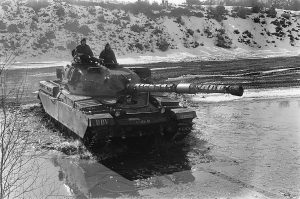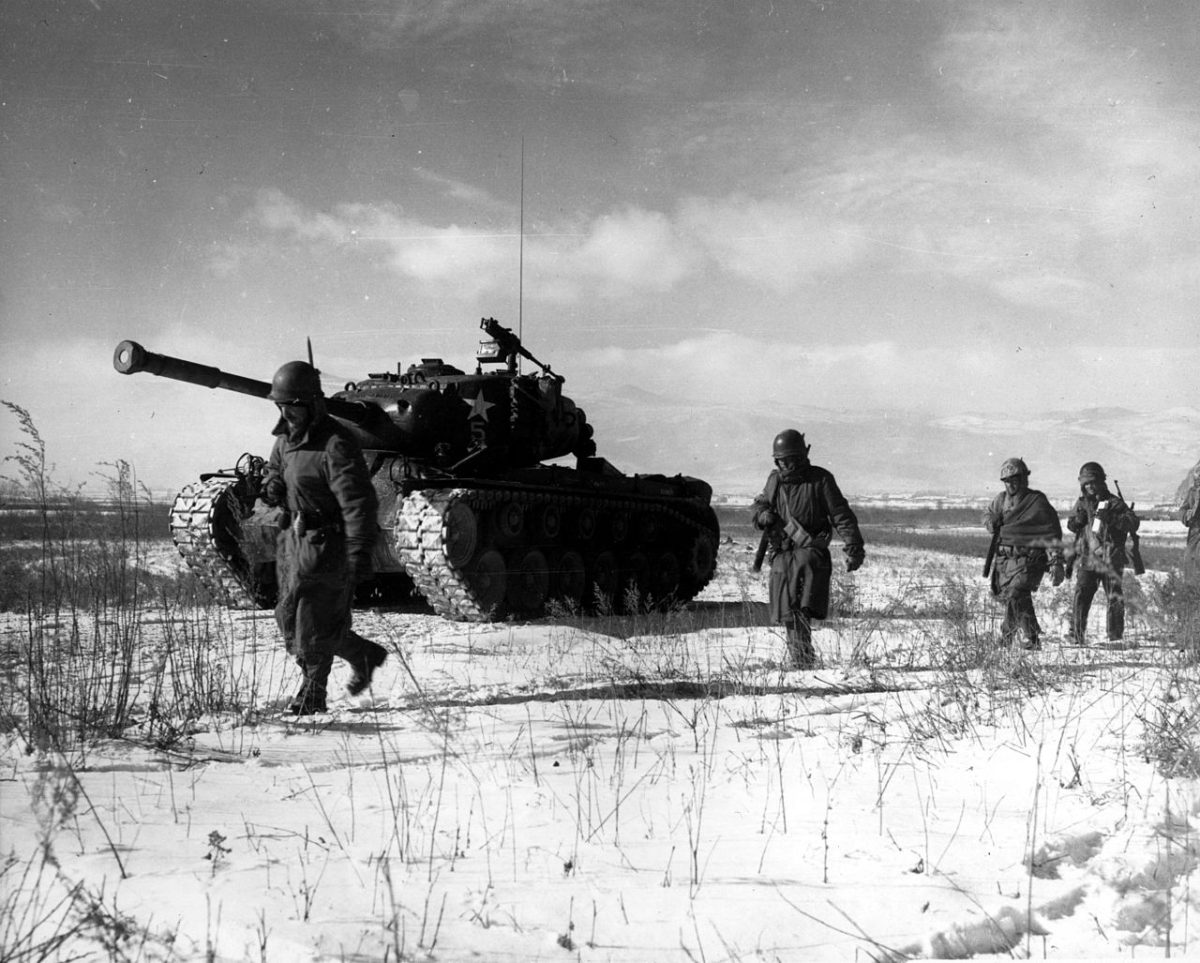M1 Abrams (United States):
The M1 Abrams, introduced in the early 1980s, stands as a testament to American technological prowess in armored warfare. A third-generation main battle tank, the Abrams is revered for its formidable combination of advanced composite armor, a powerful 120mm smoothbore gun, and exceptional mobility. Its baptism of fire during the Gulf War showcased its superiority, as it outclassed Iraqi armored forces at the Battle of Medina Ridge.
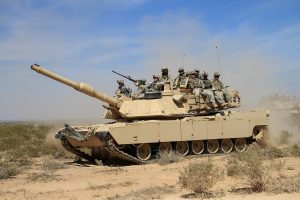
T-72 (Soviet Union):
The T-72, an iconic symbol of Soviet tank design, emerged in later parts of the Cold War. With its production numbers reaching staggering heights, the T-72 was renowned for its simplicity, durability, and cost-effectiveness. It became a strong force on battlefields globally, showcasing its effectiveness in conflicts from the Middle East to Eastern Europe. The T-72’s design influenced subsequent tank development, leaving an enduring legacy in Armored Warfare.
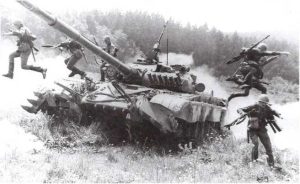
Leopard 2 (Germany):
The Leopard 2, a German masterpiece in tank engineering, entered service in the late 1970s and quickly asserted itself as one of the world’s most technology advanced main battle tanks. Renowned for its deadly accuracy, cutting-edge armor, and exceptional cross-country mobility, the Leopard 2 became a symbol of German engineering prowess. Its export success solidified its place in global tank arsenals, showcasing the enduring impact of German tank design on the international stage.
Leopard 1 (Germany):
The Leopard 1, a predecessor to the Leopard 2, showcased Germany’s early commitment to producing a highly mobile and versatile main battle tank. Introduced in the late 1960s, the Leopard 1 became the backbone of several NATO nations’ armored forces. Its emphasis on speed and agility set the stage for the Leopard series’ success and evolution.
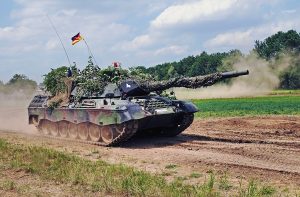
Chieftain (United Kingdom):
The Chieftain, a British main battle tank introduced in the 1960s, represented the peak of British armored engineering during the Cold War. Armed with a powerful 120mm gun and boasting heavy armor, the Chieftain was a strong presence on the battlefield. Its service as the backbone of the British Army for decades underscored its reliability and adaptability, leaving an indelible mark on British military history.
